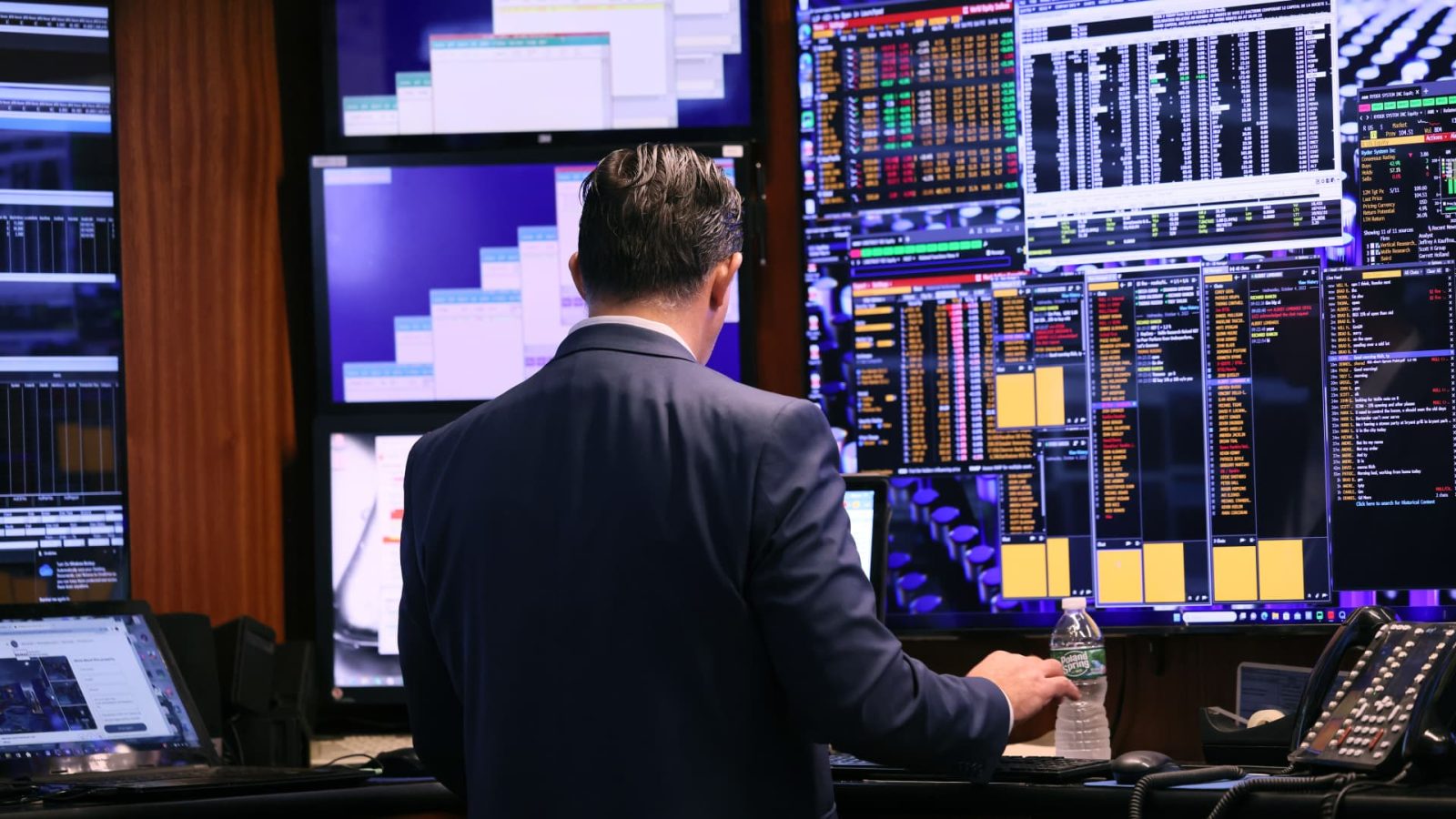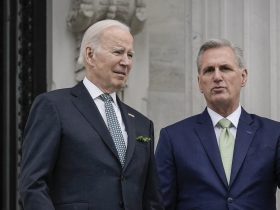The benchmark 10-year Treasury yield rose on Thursday, hitting a 16-year high as investors pored over remarks from Federal Reserve Chairman Jerome Powell.
The yield on the 10-year Treasury crossed 5% for the first time since July 20, 2007 when it yielded as high as 5.029%. The benchmark rate has climbed for four days in a row, bringing October gains to about 40 basis points.
The 2-year Treasury yield fell 6 basis point to 5.16%, after hovering at levels last seen in 2006 earlier in the session. Yields and prices have an inverted relationship and one basis point equals 0.01%.
The moves in the bond market came after Powell signaled that monetary policy was not yet too restrictive.
“Does it feel like policy is too tight right now? I would have to say no,” Powell said at the Economic Club of New York.
The Fed Chair acknowledged recent signs of cooling inflation, but said that the initial easing in prices was not enough yet to determine a trend.
“Inflation is still too high, and a few months of good data are only the beginning of what it will take to build confidence that inflation is moving down sustainably toward our goal,” said Powell in prepared remarks. “We cannot yet know how long these lower readings will persist, or where inflation will settle over coming quarters.”
Powell hinted the labor market and economic growth may need to slow to ultimately achieve the Fed’s goal.
“Still, the record suggests that a sustainable return to our 2 percent inflation goal is likely to require a period of below-trend growth and some further softening in labor market conditions,” Powell said.
Bond yields have been rising as of late and strategists attributed the action to a few factors: Concern that the Fed will keep benchmark rates high to fight inflation; an economy and labor market that consistently outperform expectations; swelling government deficits requiring more supply to hit the market as the Fed has pulled back as a buyer; and the increase in the so-called term premium, which is the extra yield investors demand as they worry that rates could change over the term they have to hold the bond.
A New York Fed calculation indicates that the term premium is around its highest level since May 2021.
On the data front, initial filings for unemployment benefits dipped last week, indicating that the U.S. labor market remains tight. Weekly jobless claims totaled 198,000 for the period ending Oct. 14, below the Dow Jones estimate for 210,000.
— CNBC’s Sophie Kiderlin and Gina Francolla contributed reporting.
Don’t miss these CNBC PRO stories:
Read the full article here












Leave a Reply